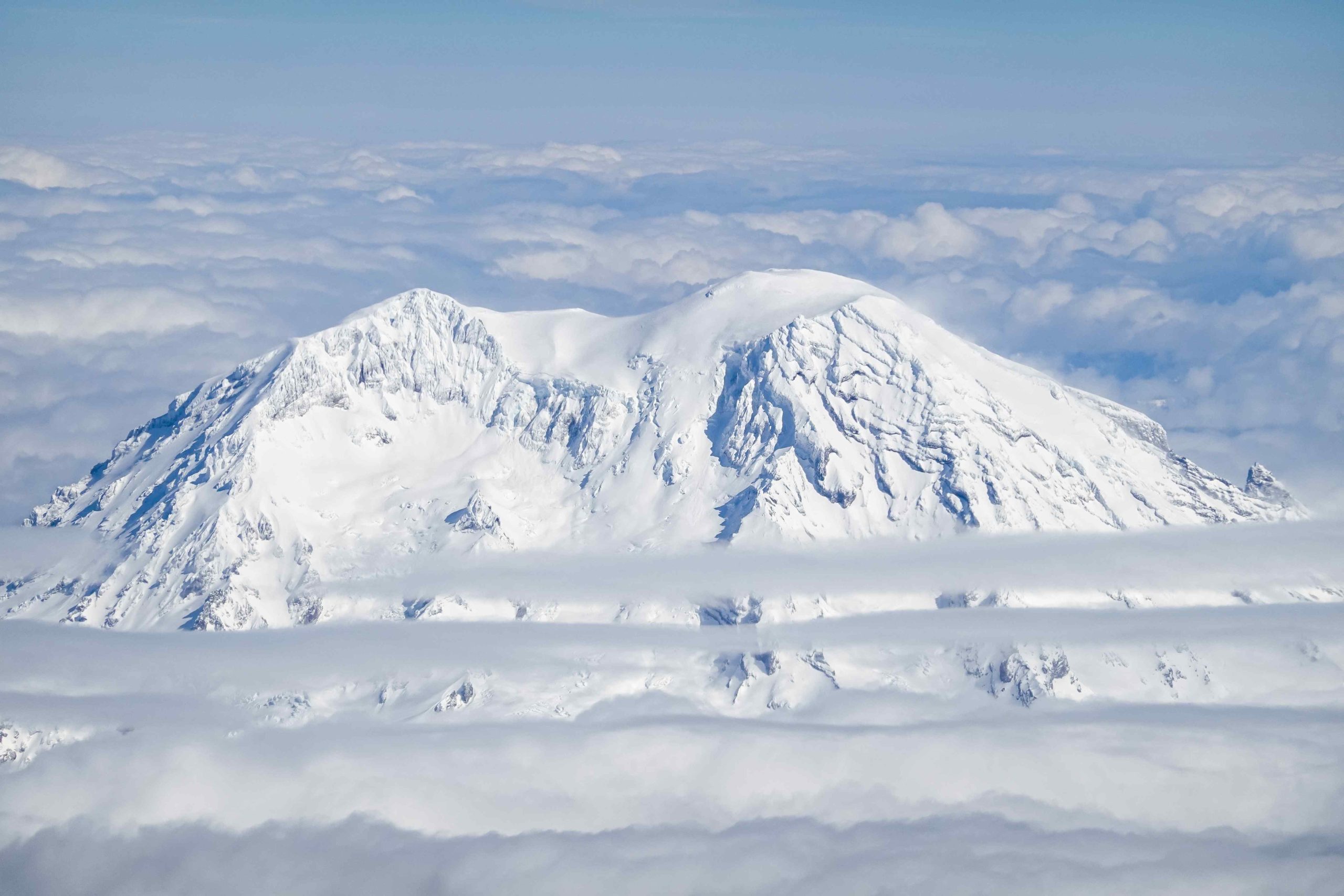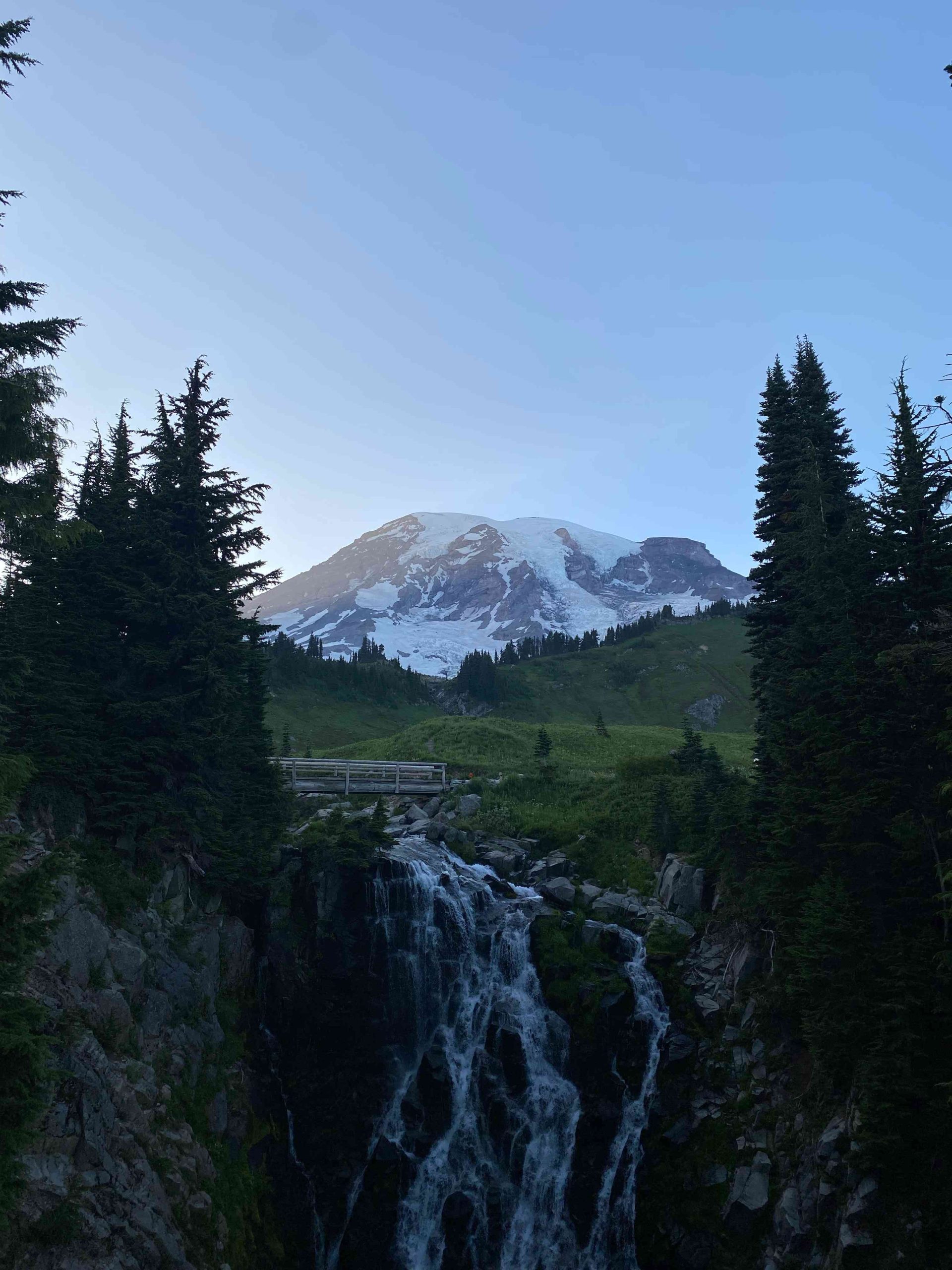Embark on an epic journey from Spokane to Mount Rainier to Snoqualmie Falls, covering approximately 700 miles of Washington’s diverse landscapes. This road trip offers a perfect blend of urban exploration, mountain adventures, and natural wonders. Starting from the bustling city of Spokane, you’ll traverse through the Cascade Mountains to reach the majestic Mount Rainier, before concluding at the breathtaking Snoqualmie Falls. This guide provides detailed routes, hiking trails, and viewing areas to ensure an unforgettable experience.
What is the Best Route from Spokane to Mount Rainier?

The journey from Spokane to Mount Rainier is a scenic drive that takes you through the heart of Washington state. Here’s a detailed breakdown of the route:
- Start in Spokane and head west on I-90.
- Continue on I-90 until you reach I-82 South towards Yakima.
- From Yakima, take US-12 West towards White Pass.
- Eventually, connect to WA-410 West, which will take you to the park’s northeast entrance.
Key Stops and Travel Times
- Spokane to Ritzville: Approximately 59 minutes
- Stop for about an hour in Ritzville
- Ritzville to Moses Lake: Approximately 47 minutes
- Consider staying overnight in Moses Lake
- Moses Lake to Yakima River: Approximately 1.5 hours
- Stop for about an hour at the Yakima River
- Yakima River to Mount Rainier National Park: Approximately 2 hours
Total driving time is around 6-7 hours, depending on stops and traffic conditions.
Scenic Viewpoints
- Moses Lake Mud Flats and Blue Heron Park
- Cowlitz Falls Campground
- Mount Aix (for those willing to take a detour)
What are the Must-Try Hiking Trails in Mount Rainier?

Mount Rainier National Park offers a plethora of hiking trails suitable for various skill levels. Here are some of the most popular trails:
- Comet Falls Trail
- Length: 3.8 miles round trip
- Difficulty: Moderate
- Elevation Gain: 900 feet
-
Best Time: Summer and fall
-
Skyline Trail
- Length: 1 mile to Myrtle Falls (full trail is longer)
- Difficulty: Moderate
- Elevation Gain: Varies
-
Best Time: Summer and fall
-
Mount Rainier Scenic Drive Loop
- Length: 240.6 km
- Not a hiking trail, but offers access to various trails
| Trail Name | Length | Difficulty | Elevation Gain | Best Season |
|---|---|---|---|---|
| Comet Falls | 3.8 miles | Moderate | 900 feet | Summer/Fall |
| Skyline Trail | 1+ miles | Moderate | Varies | Summer/Fall |
| Scenic Drive Loop | 240.6 km | Easy (driving) | N/A | All Year |
Where are the Best Viewing Areas at Snoqualmie Falls?
Snoqualmie Falls, while not directly on the route from Spokane to Mount Rainier, is a must-visit destination. Here are the best viewing areas:
- Upper Falls Viewpoint
- Offers a distant but panoramic view of the falls
-
Easy access from the parking lot
-
Lower Falls Viewpoint
- Provides a closer view of the lower part of the falls
-
Accessible via a short hike
-
Snoqualmie Falls Park
- Main viewing area with easy access and parking
- Includes a gift shop, restaurant, and observation deck
Parking and Costs
- Parking available within Snoqualmie Falls Park
- No admission fee to view the falls
- Parking may require a fee (check current rates)
How Does the Distance from Spokane to Snoqualmie Falls Compare to Mount Rainier?
Understanding the distances involved can help you plan your trip more effectively:
- Spokane to Snoqualmie Falls: Approximately 270 miles (4-hour drive)
- Spokane to Mount Rainier National Park: Approximately 441 miles (6-7 hour drive)
Recommended Itinerary
- Day 1-2: Drive from Spokane to Mount Rainier, exploring the park
- Day 3: Continue to Seattle area
- Day 4: Visit Snoqualmie Falls on your way back to Spokane
This itinerary allows you to experience both Mount Rainier and Snoqualmie Falls while breaking up the long drive back to Spokane.
What are the Best Times to Visit These Destinations?
Timing your visit can greatly enhance your experience:
- Mount Rainier National Park:
- Summer (July-August): Best for hiking and wildflower viewing
- Fall (September-October): Beautiful autumn colors
-
Winter (December-February): Snow activities, but limited access
-
Snoqualmie Falls:
- Year-round destination
- Spring: High water flow due to snowmelt
- Summer: Comfortable temperatures for hiking
- Fall: Beautiful foliage around the falls
- Winter: Potential for icy conditions, but stunning snow-covered scenery
What Should I Pack for This Road Trip?
Ensure you’re well-prepared for your journey with this packing list:
- Comfortable hiking shoes
- Layered clothing (weather can change quickly in the mountains)
- Rain gear
- Sun protection (hat, sunscreen, sunglasses)
- Reusable water bottles
- Snacks and picnic supplies
- Camera
- First aid kit
- Map or GPS device
- Portable charger for electronic devices
Remember to check current weather conditions and park regulations before your trip.
This road trip from Spokane to Mount Rainier to Snoqualmie Falls offers a diverse range of experiences, from urban exploration to mountain adventures and natural wonders. By following this guide, you’ll be well-prepared to embark on an unforgettable journey through some of Washington’s most stunning landscapes.
References:
1. https://www.explorebetter.com/trips/3-perfect-days-road-tripping-mount-rainier-national-park/
2. https://www.alltrails.com/us/washington/scenic-driving
3. https://www.trippy.com/drive/Spokane-WA-to-Mount-Rainier-National-Park
